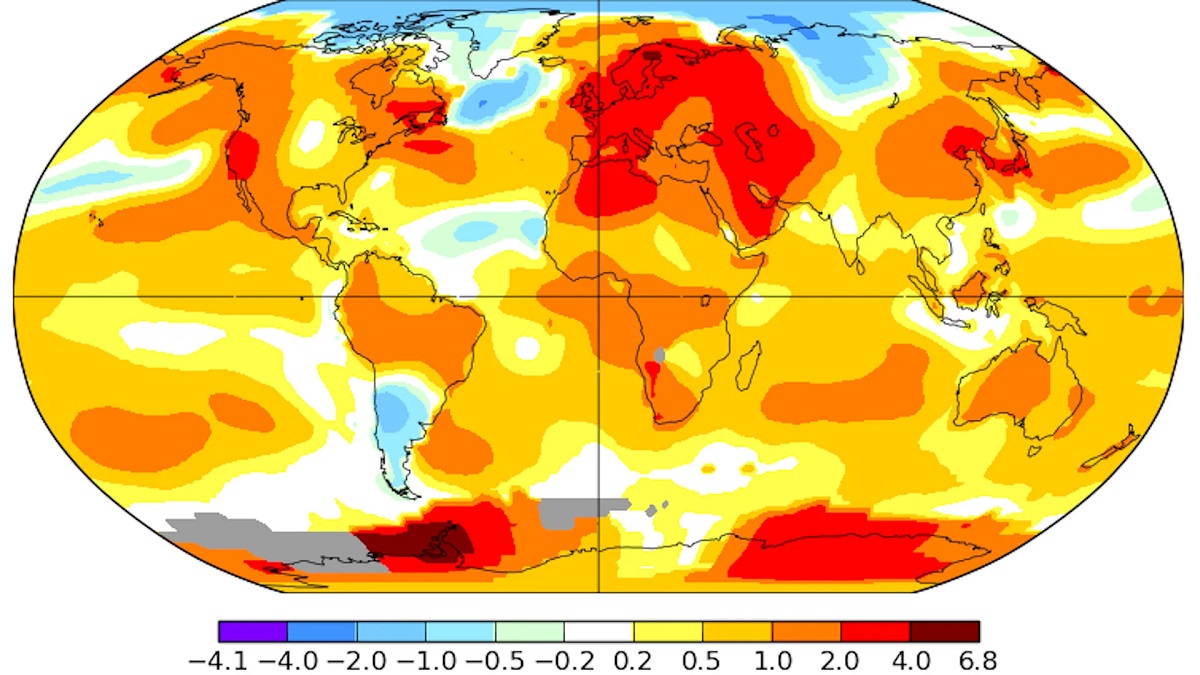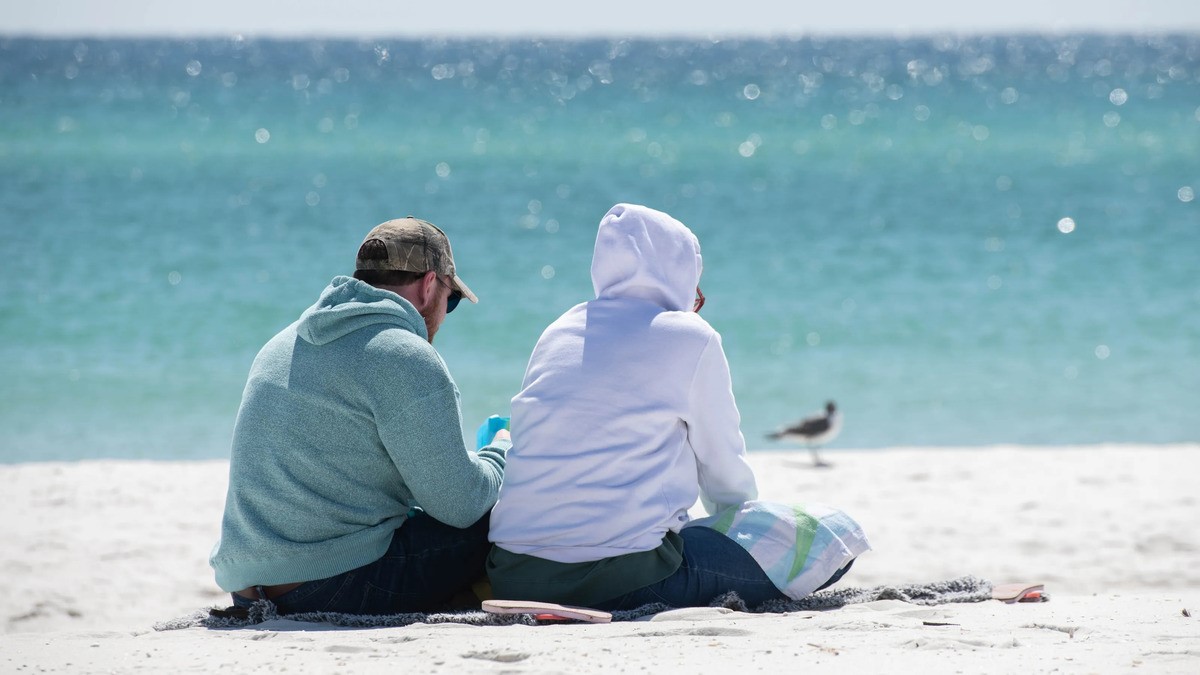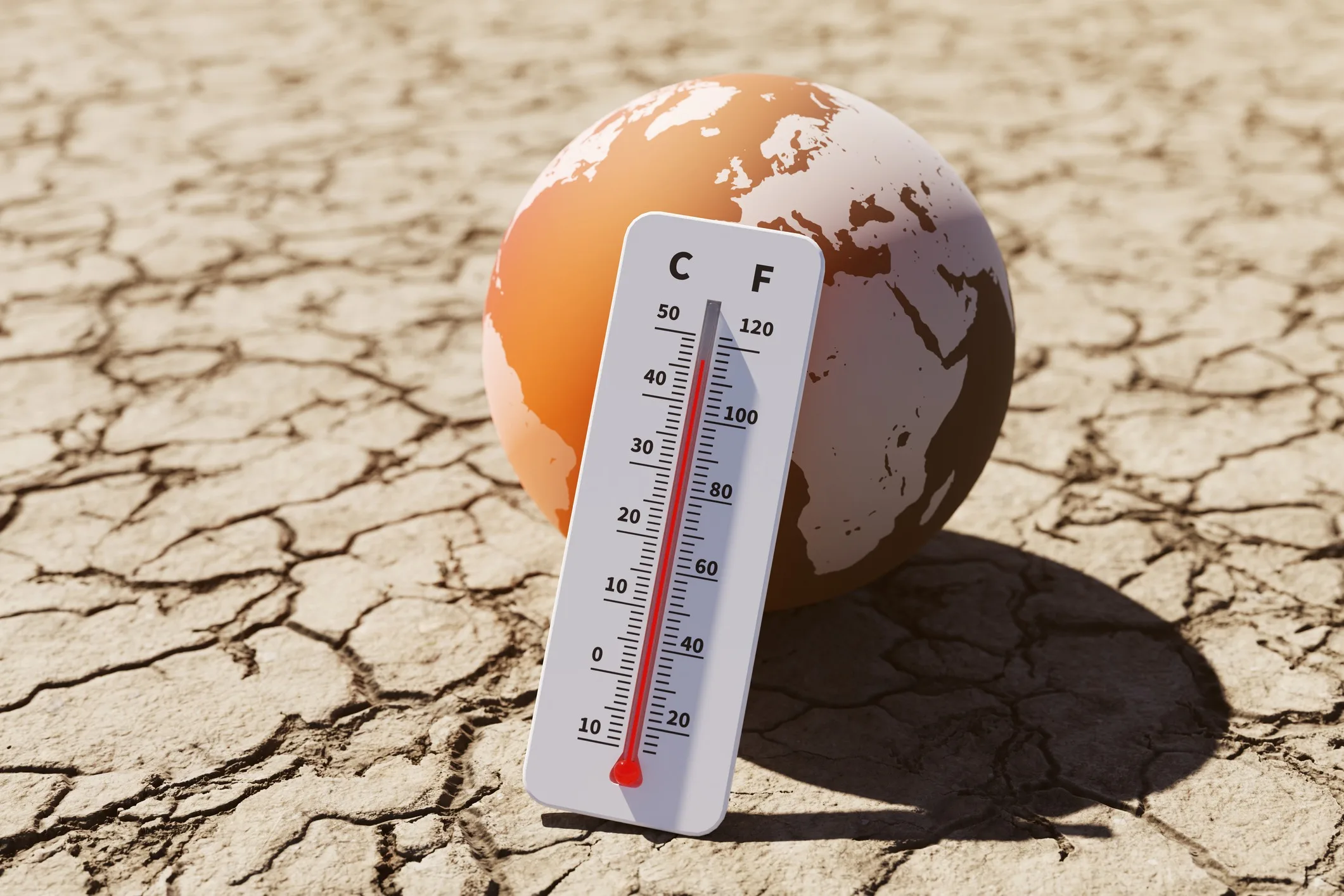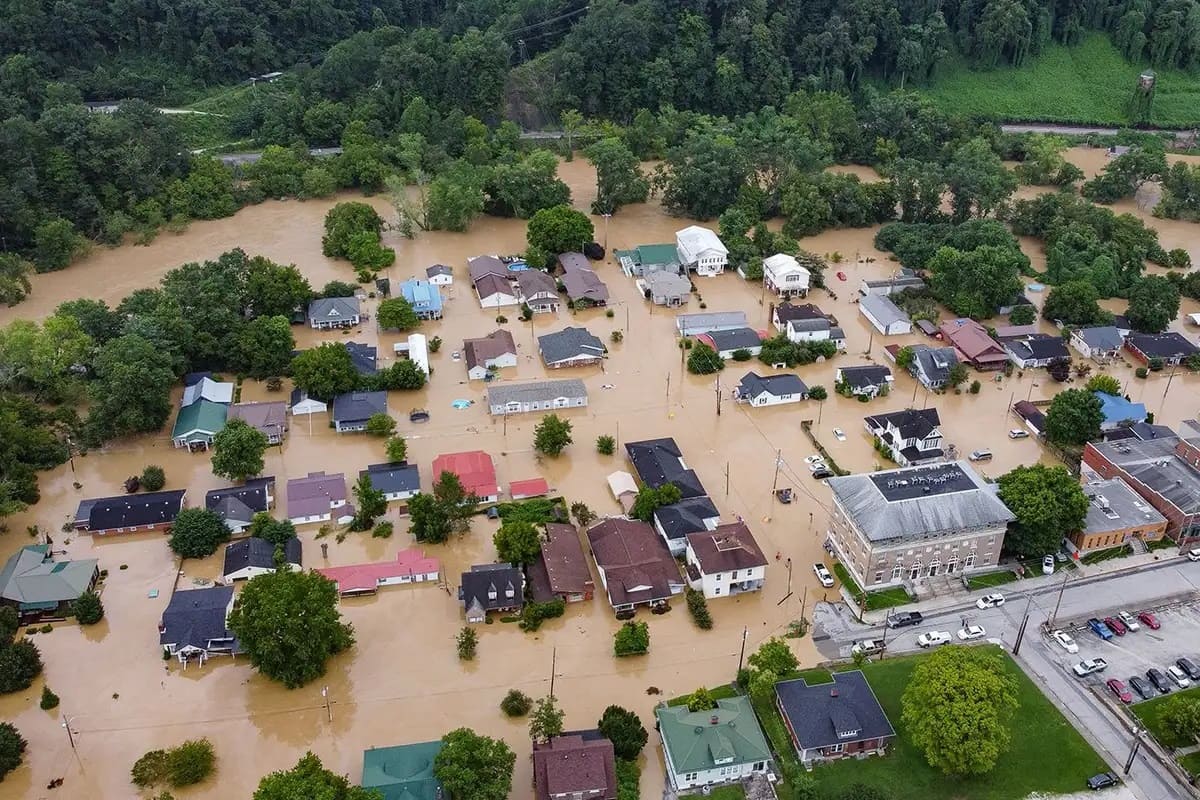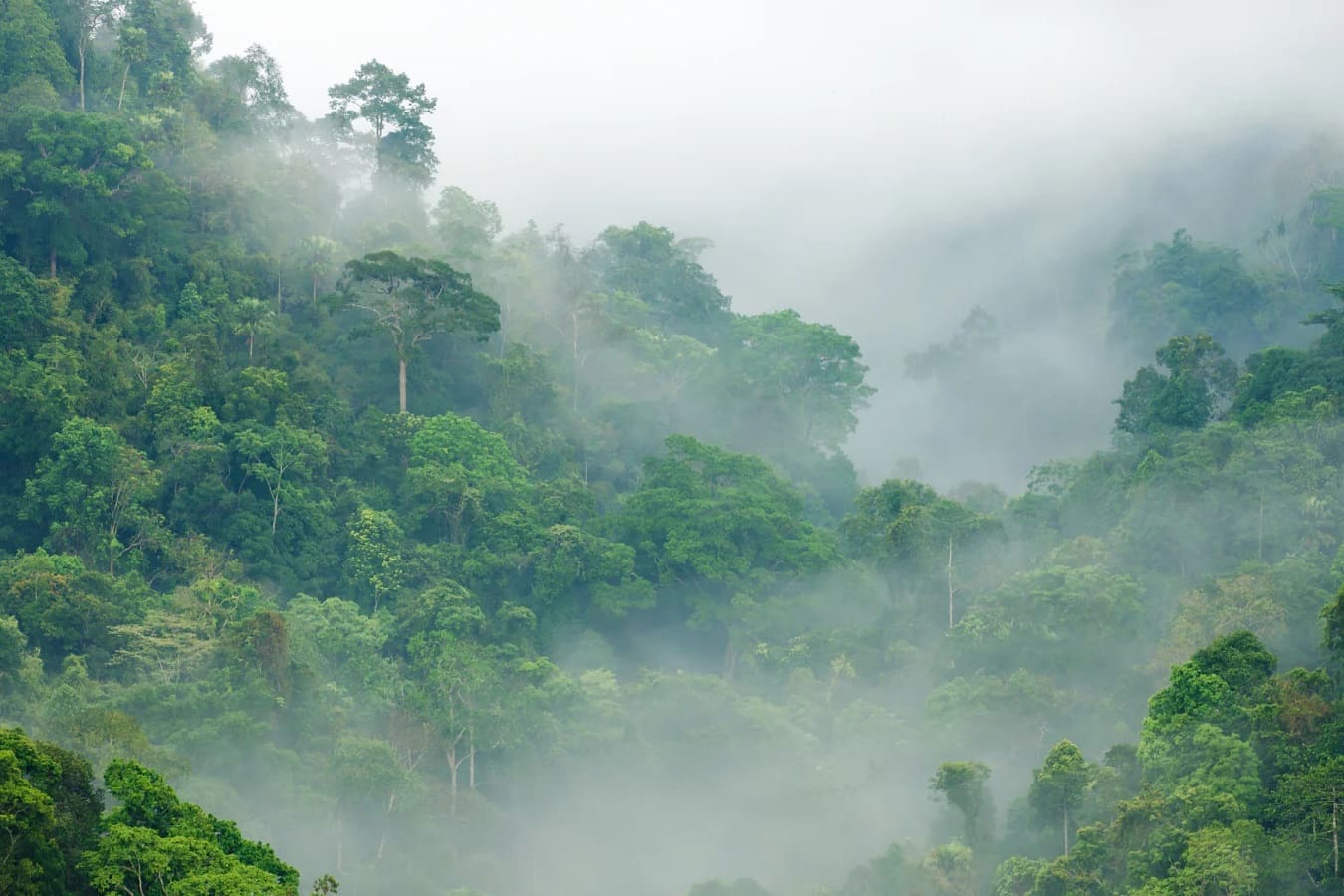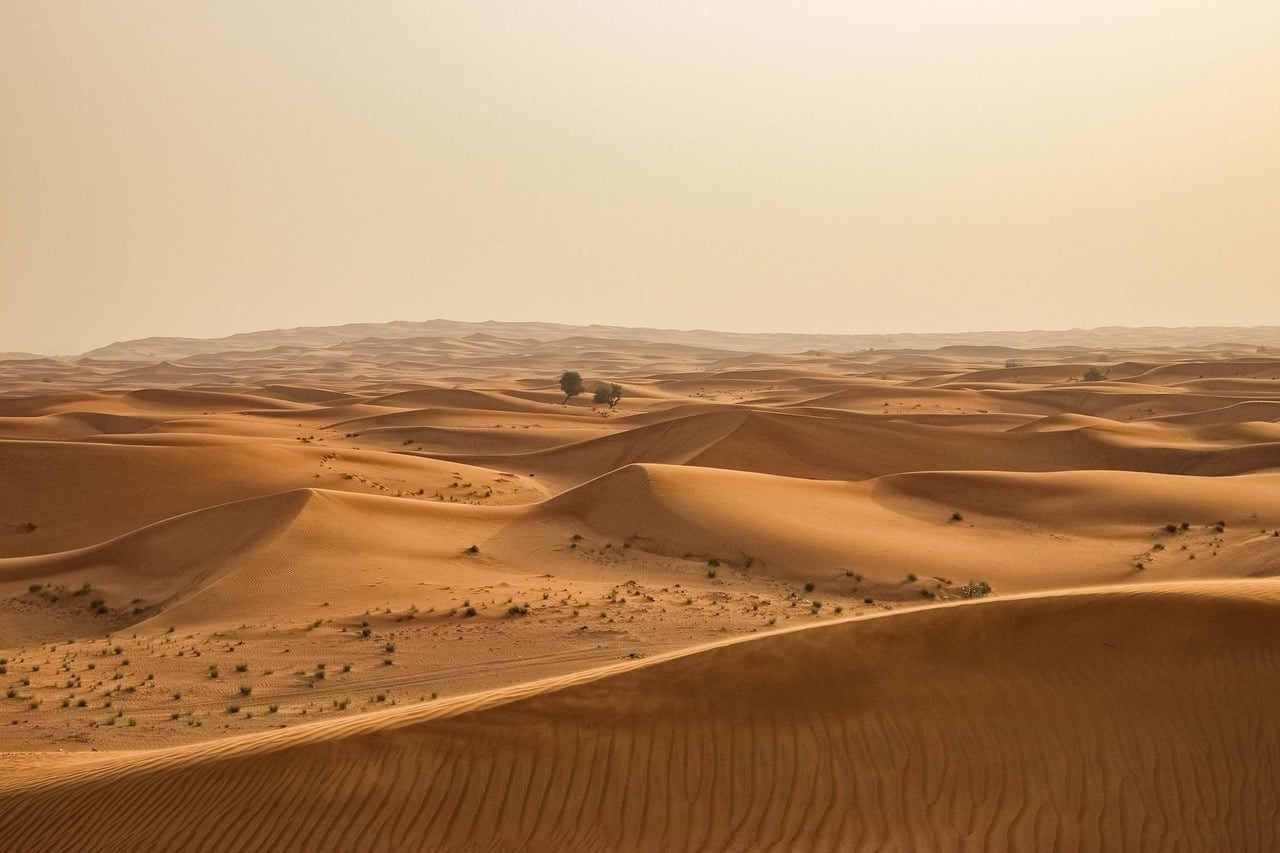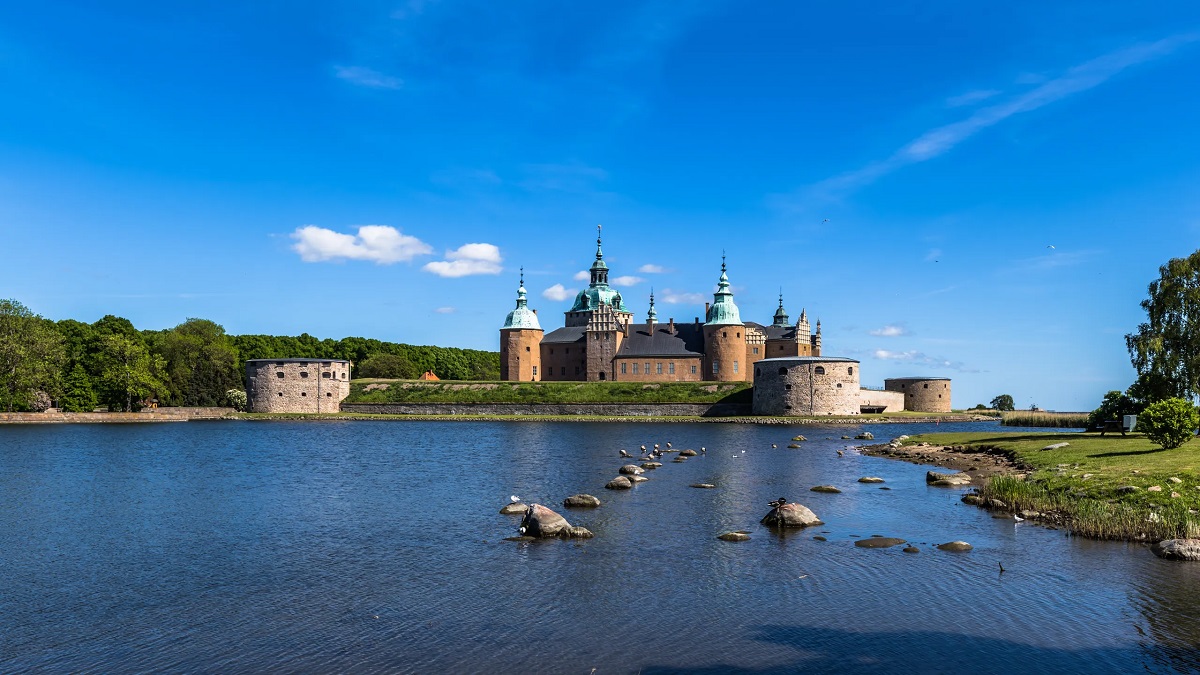Home>Weather and Climate>Low Temperature And Low Humidity Environments: Exploring Cold And Dry Climates


Weather and Climate
Low Temperature And Low Humidity Environments: Exploring Cold And Dry Climates
Published: March 6, 2024
Explore the impact of low temperature and low humidity environments on weather and climate. Learn about the characteristics and challenges of cold and dry climates.
(Many of the links in this article redirect to a specific reviewed product. Your purchase of these products through affiliate links helps to generate commission for Temperatures.com, at no extra cost. Learn more)
Table of Contents
Introduction
Weather and climate play a pivotal role in shaping the natural world and influencing the lives of living organisms. Among the diverse range of climatic conditions, cold and dry environments stand out as unique and challenging ecosystems. These environments are characterized by low temperatures and low humidity, presenting a set of distinctive features and impacts on both the natural environment and human activities.
Low temperature and low humidity environments are found in various regions across the globe, from the polar regions to high-altitude mountain ranges and even certain desert areas. In these environments, temperatures often plummet to sub-zero levels, creating harsh conditions for survival. The scarcity of moisture in the air further exacerbates the challenges, as low humidity levels can lead to rapid dehydration and increased susceptibility to environmental stress.
Understanding the dynamics of cold and dry climates is essential for comprehending their profound effects on the natural world. From the formation of unique geological formations such as permafrost and ice caps to the adaptation strategies of flora and fauna, these environments offer a fascinating glimpse into the resilience and ingenuity of life in the face of extreme conditions.
Moreover, the impact of low temperature and low humidity environments extends beyond the realm of nature, influencing human societies and activities. From traditional indigenous communities that have thrived in these environments for centuries to modern scientific research aimed at unlocking the secrets of cold and dry climates, the human connection to these environments is both profound and multifaceted.
As we delve into the intricacies of low temperature and low humidity environments, we will explore the effects of these conditions on living organisms, the unique adaptations that enable survival, and the challenges and strategies associated with thriving in these remarkable ecosystems. By unraveling the mysteries of cold and dry climates, we gain a deeper appreciation for the resilience of life and the remarkable interplay between environmental conditions and the living world.
Understanding Low Temperature Environments
Low temperature environments, often associated with polar regions, high-altitude mountain ranges, and certain cold deserts, present a myriad of challenges and unique characteristics. These environments are defined by their frigid temperatures, which can plummet well below freezing, creating a harsh and unforgiving landscape. The impact of low temperatures extends beyond the mere sensation of cold; it profoundly influences the physical and biological processes that shape these environments.
In low temperature environments, the freezing point of water plays a pivotal role in shaping the landscape. The presence of ice and snow, which remain in solid form for extended periods, significantly impacts the availability of water and the behavior of living organisms. Permafrost, a layer of soil that remains permanently frozen, is a defining feature of many cold regions. This frozen substrate not only affects the stability of the ground but also influences the distribution of plant and animal life.
Moreover, low temperatures have a profound impact on the behavior and physiology of living organisms. Many species have evolved remarkable adaptations to thrive in cold environments, from the insulating fur of Arctic mammals to the antifreeze proteins produced by certain fish to prevent ice formation in their bodies. These adaptations reflect the intricate interplay between environmental conditions and the evolutionary pressures that shape the diversity of life in cold climates.
The seasonal dynamics of low temperature environments further contribute to their complexity. The dramatic fluctuations between summer and winter bring about profound changes in the landscape, from the expansion and retreat of ice and snow to the migration patterns of wildlife. These seasonal shifts create a dynamic and ever-changing environment, where living organisms must constantly adapt to the shifting demands of the climate.
Understanding the intricacies of low temperature environments is essential for unraveling the mysteries of these remarkable ecosystems. From the unique geological formations shaped by ice and frost to the diverse adaptations of flora and fauna, these environments offer a captivating glimpse into the resilience and ingenuity of life in the face of extreme cold. By delving into the nuances of low temperature environments, we gain a deeper appreciation for the intricate balance between environmental conditions and the living world.
Effects of Low Humidity on Living Organisms
Low humidity, often associated with arid and semi-arid regions, exerts a profound impact on living organisms, shaping their behavior, physiology, and ecological interactions. The scarcity of moisture in the air presents a formidable challenge for life, as it directly influences the ability of organisms to regulate water balance, withstand environmental stress, and fulfill their biological functions.
One of the primary effects of low humidity on living organisms is the increased risk of dehydration. With limited moisture available in the environment, organisms must carefully manage their water resources to avoid desiccation. This is particularly evident in arid-adapted plants, which have evolved specialized mechanisms to minimize water loss and maximize water uptake. From succulent stems and leaves to extensive root systems that tap into deep water sources, these adaptations enable plants to thrive in low humidity environments.
Furthermore, low humidity can impact the respiratory and thermal regulation of animals. In arid regions, the dry air can lead to rapid evaporation of moisture from respiratory surfaces, increasing the risk of dehydration and heat stress. Many desert-dwelling animals have evolved physiological adaptations to minimize water loss during respiration, such as specialized nasal passages and efficient reabsorption of moisture from exhaled air. Additionally, the scarcity of moisture in the environment can pose challenges for thermoregulation, as evaporative cooling becomes less effective in low humidity conditions.
The ecological interactions within low humidity environments are also influenced by the scarcity of moisture. Competition for limited water resources can drive intense ecological dynamics, shaping the distribution and abundance of species. In arid ecosystems, the availability of water often dictates the spatial and temporal patterns of biological activity, leading to complex relationships between organisms and their environment. From the specialized adaptations of desert flora to the behavioral strategies of arid-adapted fauna, the effects of low humidity reverberate throughout the intricate web of life in these environments.
In summary, low humidity exerts multifaceted effects on living organisms, influencing their water balance, physiological adaptations, and ecological interactions. By unraveling the intricate responses of organisms to the challenges of low humidity, we gain a deeper understanding of the remarkable resilience and ingenuity displayed by life in arid and semi-arid environments.
Adapting to Cold and Dry Climates
Adapting to cold and dry climates presents a formidable challenge for living organisms, yet nature has showcased remarkable resilience and ingenuity in the face of these harsh environmental conditions. From the Arctic tundra to the high-altitude plateaus, the adaptations displayed by flora and fauna in cold and dry climates offer a captivating glimpse into the intricate interplay between environmental pressures and evolutionary responses.
In cold and dry climates, the ability to withstand freezing temperatures and limited moisture is paramount for survival. Many plant species have evolved specialized adaptations to thrive in these environments. From the compact, cushion-like growth forms of Arctic plants that minimize heat loss to the production of antifreeze proteins that prevent ice formation within their tissues, these adaptations enable plants to endure the rigors of cold and dry climates. Additionally, the timing of reproductive processes is finely tuned to take advantage of the brief growing season, showcasing the remarkable resilience of plant life in these environments.
The animal kingdom also boasts a diverse array of adaptations tailored to cold and dry climates. From the insulating fur of Arctic mammals to the compact body size of high-altitude birds that minimizes heat loss, these adaptations reflect the evolutionary pressures imposed by low temperatures. Furthermore, the ability to efficiently conserve and utilize water resources is crucial for survival in low humidity environments. Many desert-dwelling animals have evolved specialized renal systems that minimize water loss, enabling them to thrive in arid conditions. Additionally, behavioral adaptations, such as nocturnal activity to avoid daytime heat, further exemplify the diverse strategies employed by animals to adapt to cold and dry climates.
Human societies have also demonstrated remarkable adaptability in cold and dry climates. Indigenous communities in the Arctic have developed intricate knowledge and cultural practices that enable them to thrive in the extreme cold. From traditional clothing crafted from animal skins to the construction of insulated dwellings, these adaptations reflect the deep understanding of the environmental dynamics and the resourcefulness of human ingenuity.
In essence, the adaptations displayed by living organisms in cold and dry climates offer a testament to the resilience and creativity of life in the face of extreme environmental conditions. By unraveling the intricate web of adaptations that enable survival in these challenging ecosystems, we gain a deeper appreciation for the remarkable diversity and ingenuity of life on our planet.
Challenges of Low Temperature and Low Humidity Environments
Low temperature and low humidity environments pose formidable challenges for living organisms, shaping their behavior, physiology, and ecological interactions. The combination of frigid temperatures and scarce moisture creates a harsh and unforgiving landscape, where survival requires remarkable resilience and specialized adaptations.
In low temperature environments, the primary challenge lies in the extreme cold itself. Sub-zero temperatures can exert profound physiological stress on living organisms, impacting their metabolic processes, cellular integrity, and overall survival. For many species, the ability to withstand freezing temperatures and maintain vital biological functions in the face of cold poses a significant challenge. Furthermore, the seasonal dynamics of low temperature environments, with dramatic fluctuations between summer and winter, create additional challenges as organisms must adapt to the shifting demands of the climate.
Low humidity environments present a distinct set of challenges, primarily centered around the scarcity of moisture. The limited availability of water in the air and soil poses a constant threat of dehydration for living organisms. Plants, in particular, must contend with the risk of desiccation, as the dry air and arid soil conditions can rapidly deplete their water reserves. Similarly, animals in low humidity environments face the constant challenge of maintaining water balance and avoiding dehydration, especially during periods of intense heat and limited access to water sources.
The ecological interactions within low temperature and low humidity environments are also shaped by these challenges. Competition for limited resources, including water and suitable habitats, can drive intense dynamics among species, influencing their distribution and abundance. Furthermore, the scarcity of resources can limit the carrying capacity of these environments, placing constraints on the populations of flora and fauna.
In essence, the challenges of low temperature and low humidity environments underscore the remarkable resilience and adaptability displayed by living organisms. From withstanding extreme cold to managing water resources in arid conditions, the ability of life to thrive in these environments reflects the intricate interplay between environmental pressures and evolutionary responses. By unraveling the multifaceted challenges posed by low temperature and low humidity environments, we gain a deeper understanding of the remarkable diversity and ingenuity of life in the face of extreme environmental conditions.
Strategies for Surviving in Cold and Dry Climates
Surviving in cold and dry climates necessitates a diverse array of strategies and adaptations that enable living organisms to thrive in the face of extreme environmental conditions. From the intricate physiological mechanisms that regulate water balance to the behavioral strategies that optimize energy expenditure, the survival tactics employed in cold and dry climates offer a captivating glimpse into the resilience and ingenuity of life in these challenging ecosystems.
One of the fundamental strategies for survival in cold and dry climates revolves around the efficient management of water resources. Many plant species have evolved specialized mechanisms to minimize water loss and maximize water uptake, enabling them to thrive in arid and low humidity environments. From succulent stems and leaves that store water to extensive root systems that tap into deep water sources, these adaptations reflect the remarkable resilience of plant life in the face of limited moisture.
In addition to water management, the insulation against cold temperatures is crucial for survival in cold climates. Arctic mammals, such as polar bears and musk oxen, possess thick layers of insulating fur that provide protection against the frigid cold. Similarly, high-altitude birds exhibit compact body sizes and specialized feathers that minimize heat loss, allowing them to thrive in the harsh conditions of cold and dry climates.
Behavioral adaptations also play a pivotal role in surviving in cold and dry climates. Many animals exhibit seasonal behaviors, such as hibernation and migration, to cope with the extreme fluctuations in temperature and resource availability. By entering a state of torpor during the winter months or embarking on long-distance migrations to more hospitable regions, these animals optimize their chances of survival in cold and dry environments.
Furthermore, the cultural and technological adaptations of human societies in cold and dry climates showcase the remarkable ingenuity of our species. From the construction of insulated dwellings and the development of cold-resistant clothing to the utilization of specialized hunting and gathering techniques, human communities have demonstrated a deep understanding of the environmental dynamics and the resourcefulness required to thrive in these challenging ecosystems.
In essence, the strategies for surviving in cold and dry climates encompass a diverse array of adaptations, ranging from physiological mechanisms to behavioral tactics, that enable life to endure and flourish in the face of extreme environmental conditions. By unraveling the intricate web of survival strategies employed by living organisms, we gain a deeper appreciation for the remarkable diversity and ingenuity of life in cold and dry climates.
Conclusion
In conclusion, the exploration of low temperature and low humidity environments unveils a tapestry of resilience, ingenuity, and adaptability displayed by living organisms in the face of extreme environmental conditions. From the frigid landscapes of polar regions to the arid expanses of deserts, the intricate interplay between environmental pressures and evolutionary responses shapes the remarkable diversity of life in cold and dry climates.
The effects of low temperature and low humidity on living organisms are profound and multifaceted. From the physiological stress imposed by freezing temperatures to the constant challenge of maintaining water balance in arid conditions, the resilience of life in these environments reflects the intricate adaptations honed through millennia of evolutionary pressures. The seasonal dynamics further contribute to the complexity, creating a dynamic and ever-changing landscape where survival demands constant adaptation and resilience.
The adaptations displayed by flora and fauna in cold and dry climates offer a captivating glimpse into the remarkable diversity of life on our planet. From the specialized mechanisms that enable plants to thrive in arid conditions to the insulation and behavioral tactics employed by animals to withstand extreme cold, these adaptations underscore the remarkable ingenuity and resilience of life in the face of environmental challenges.
Moreover, the human connection to cold and dry climates is both profound and multifaceted. Indigenous communities have demonstrated remarkable knowledge and cultural practices that enable them to thrive in these extreme environments, showcasing the deep understanding of the environmental dynamics and the resourcefulness of human ingenuity. Furthermore, scientific research aimed at unlocking the secrets of cold and dry climates offers insights into the intricate balance between environmental conditions and the living world.
In essence, the exploration of low temperature and low humidity environments provides a deeper appreciation for the resilience and ingenuity displayed by living organisms. By unraveling the multifaceted challenges, strategies, and adaptations associated with these environments, we gain a profound understanding of the remarkable diversity and resilience of life in the face of extreme environmental conditions. The intricate web of life in cold and dry climates stands as a testament to the remarkable adaptability and creativity of the natural world.
